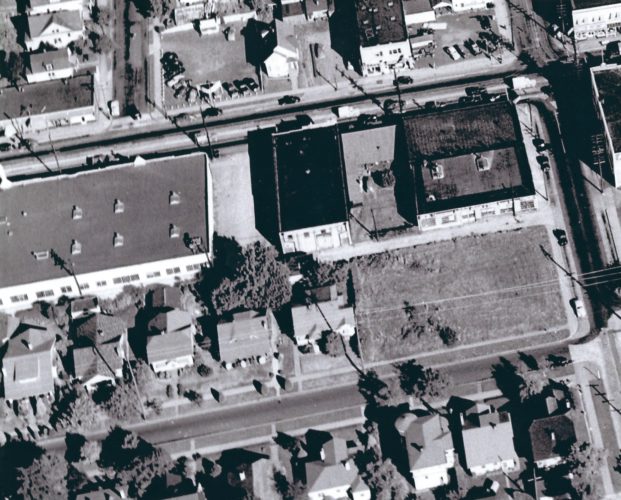
Restore Oregon is working with Walnut Park to document and survey its own architecture and history. Documentation is the first step in discovering the stories of a place and telling them, and it is a fundamental tool for historic preservation. It’s impossible to preserve a place if that place and its story are unknown. While many cities across the nation survey and inventory their historic places as a matter of routine public planning, Oregon’s unique laws and their interpretation and implementation by the City of Portland have led Walnut Park and Restore Oregon to work independently of the city.
While Portland once undertook a wide-ranging, large-scale documentation of its significant architecture, the city has not been able to find and tell the stories of additional historic places since the 1980s. However, following a recent rule change in Oregon’s Land Use Goal 5, the City of Portland now has the option to inventory and document historic properties.
The City of Portland completed and adopted its Historic Resources Inventory (HRI) in 1984. The HRI was a citywide documentation of over 5,000 properties which were architecturally and historically significant. The intention of the city was to continue to update the inventory over the years. However, following the adoption of a state law in the 1990s, city officials interpreted the law to mean that no documentation of a historic place – even without the intent to designate and protect that place – could be completed without the consent of the owner. Acquiring consent from every property owner makes comprehensive survey impractical, and Portland abandoned its intent to regularly update the HRI.
The recent Goal 5 rule change allows Portland to resume the identification of what is important to the city. Since the HRI has not been updated in over three decades, how do we know what is important today or what to protect? This change to the rules gives both the community and city the opportunity to be proactive, rather than reactive, to the continued demolition of significant properties throughout our community. The City of Portland has not yet fully formed the procedures which would allow it to complete this type of work, but we strongly urge city staff and the Bureau of Planning and Sustainability to make this a priority.

Without firm leadership or funding from the city, Walnut Park, with the help of Restore Oregon, is proactively documenting and surveying their neighborhood. In May of 2016, an important building at the heart of the neighborhood was threatened with demolition. Neighbors successfully reacted to this threat but realized that they would need to be proactive moving forward. When Walnut Park approached Restore Oregon for assistance with the task of proactively planning the preservation of the neighborhood, we responded by assigning our summer staff the job of helping the community manage and implement the documentation and survey of the neighborhood’s architectural and cultural significance. This survey work should be incorporated into Portland’s updated inventory.
The City of Portland must make its significant resources a greater priority. Places like Walnut Park are what give Portland its sense of place and identity. The Rose City is rapidly changing and it doesn’t even know what it is losing. We hope to change that narrative in one small corner of the city.


One Reply to “Inventorying Portland's History”
Comments are closed.